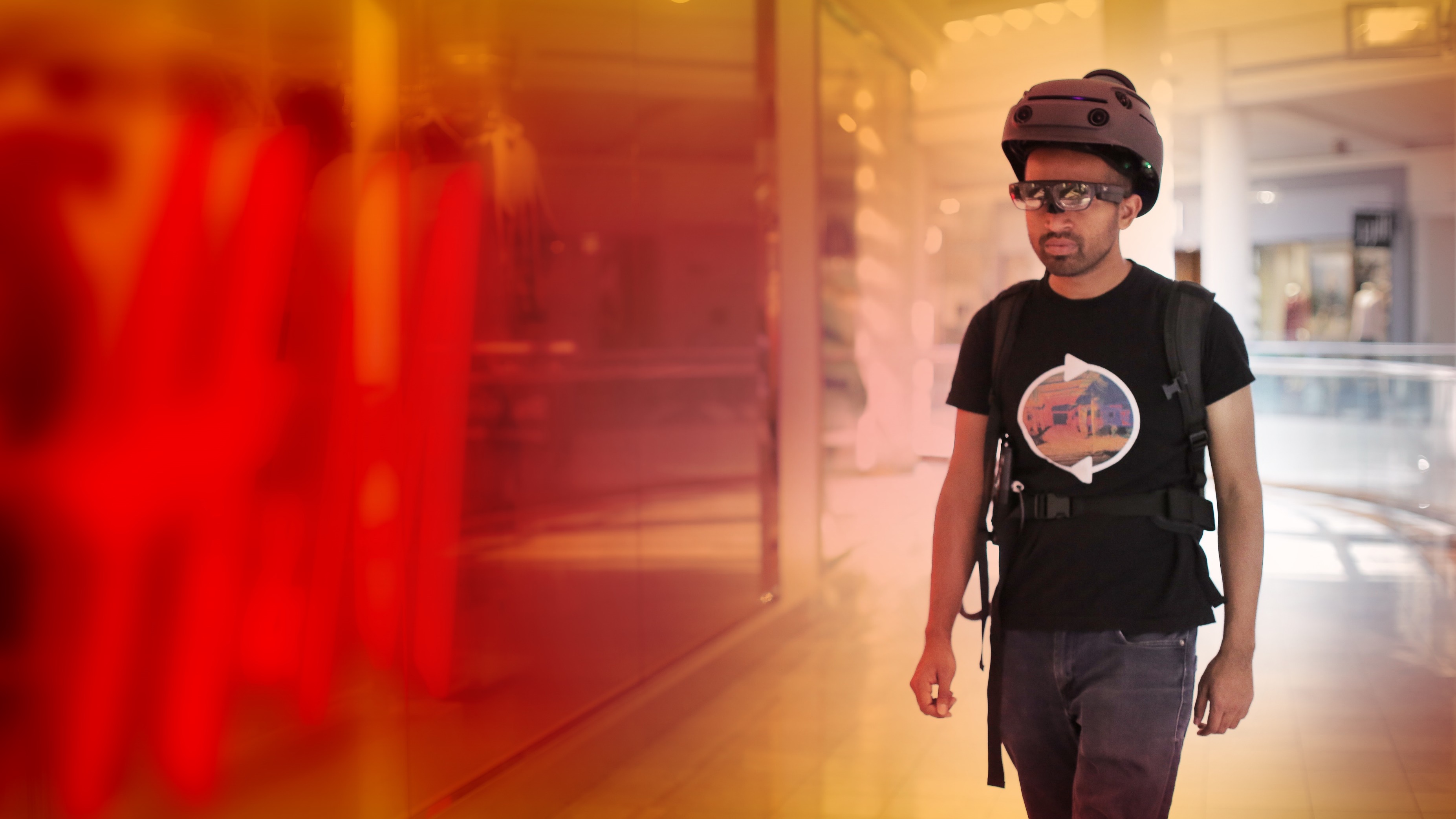Authored by Robert Herman, co-founder and CEO of REscan Inc., a 3D mapping technology solution that captures and digitizes the physical world from a human point of view.
[reit]Q1 2020 hedge fund letters, conferences and more
Real Estate Industry Embraces Technology Solutions
The real estate industry has been slow to embrace technology solutions, primarily relying on relationships to drive transactions. Despite massive growth in technology, the process of buying or selling real estate doesn’t look any different from 10 or 20 years ago. The industry as a whole still remains reliant on time-intensive manual systems and logistics to conduct transactions. Some brokers even perceive tech innovations as harmful to the human connection required to close deals. While companies like Zillow and Redfin feature listings with high-quality virtual tours and imagery to market properties and reduce travel time—potential buyers still feel that an in-person visit is necessary when making the decision to purchase.
The pandemic is requiring industries across every sector to rethink what’s possible, and these new challenges are forcing established businesses to adjust long-standing practices. While the disruptions have been felt in every industry, its impact on real estate has been exponentially felt.
The global crisis has demanded the need for tools that enable remote operations and collaboration, driving the need for solutions in the real estate industry to facilitate remote management and walkthroughs of physical properties that comply with social distancing protocols. And the spotlight is on immersive technologies, like VR and AR, for their potential to create enhanced virtual experiences that would enable business continuity despite restrictions.
VR Applications
VR applications, combined with high-quality mapping technology, can foster remote tours, inspections and more. Even after a decision is made to rent or buy a space, these technologies are designed to help the buyer or renter visualize the placement of furniture or manufacturing equipment before ever stepping foot on the premises. Interior designers can stage properties, including measuring the length of windows for curtains and calculate the amount of paint necessary for a space remotely.
While accessibility remains a factor in preventing the widespread adoption of VR applications, 3D mapping and scanning technologies have the potential to make an immediate impact in the real estate and property industries. The technologies’ interface is becoming more user-friendly and accessible than ever before. New scanning solutions create high quality, explorable 3D digital models of any existing properties, thus making it possible for a real estate company to digitize its entire portfolio to facilitate remote visits and inspections. Imagine being able to visit five properties in a single afternoon, without even leaving the office. Companies would save time, money, resources and protect the health of their employees.
Digital Models
The possible use cases for property professionals are endless. Digital models aid contractors in planning renovations on large commercial spaces before they take down any walls, then test how the design plans would impact airflow. The technology arms contractors with the virtual tools necessary for precise measuring and analysis. Even building owners interested in installing a smart HVAC system to create energy efficiencies can use digital models to understand the property’s thermal characteristics and determine the optimal placement for new windows and heating. Not to mention, this technology has the capability to accelerate the bidding and contract estimation process by encouraging seamless remote revisions.
In looking beyond the implication for innovation in physical spaces, immersive technologies offer applications for remote real estate e-learning courses. Students who are working toward a real estate license can more easily learn how to evaluate a property’s worth by remotely viewing architectural details.
As immersive tech applications evolve and become more accessible for everyday consumers, there’s no end to its application. Every industry—from retail to real estate and banking—will be impacted. Just as we learned in the dot-com boom, industries must evolve and adapt, or they’ll fail and fall behind. The real estate industry can no longer simply rely on a handshake.





